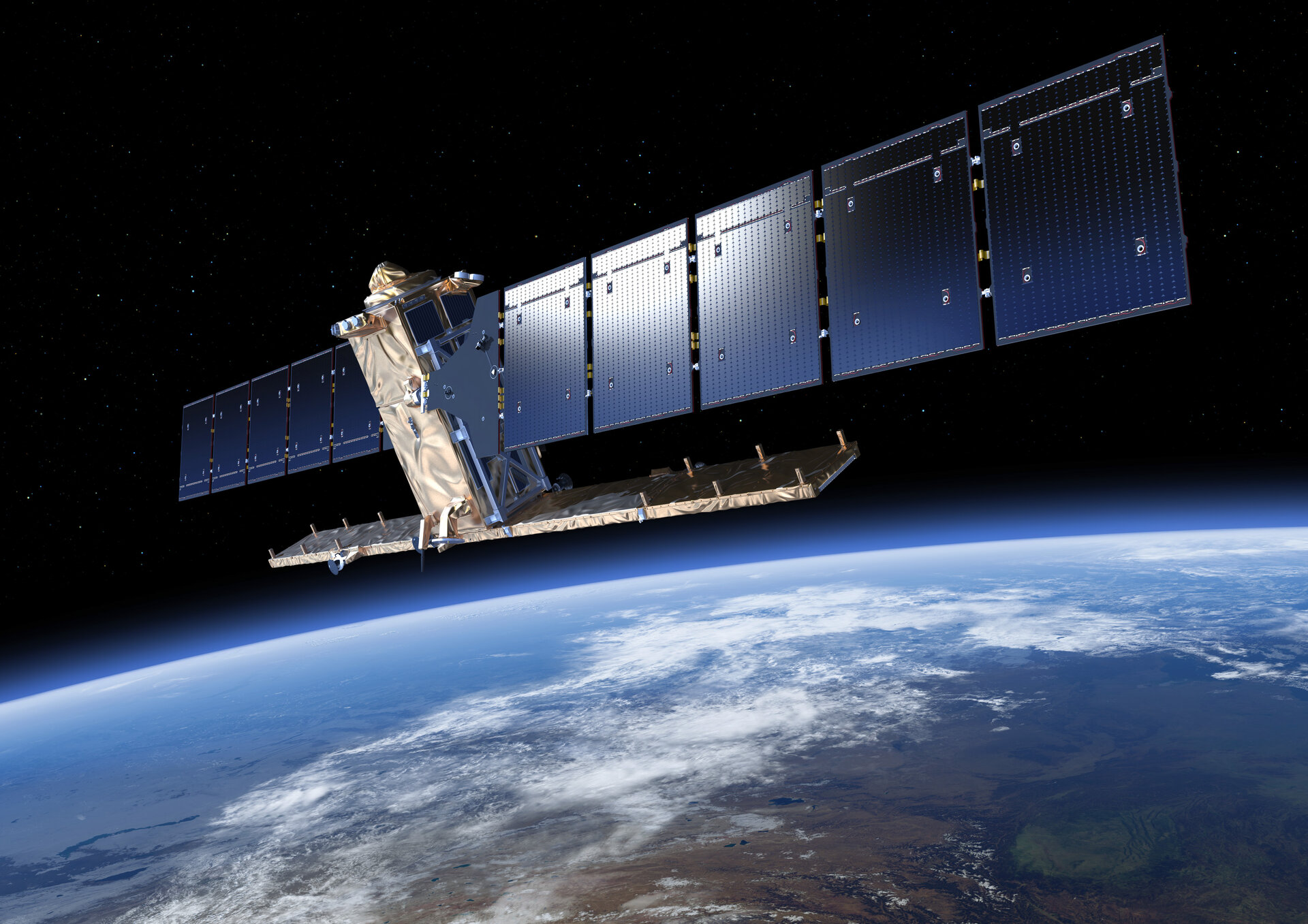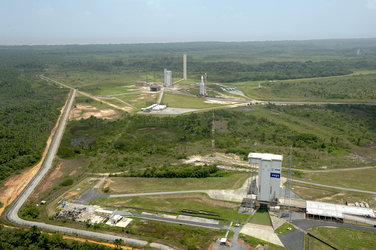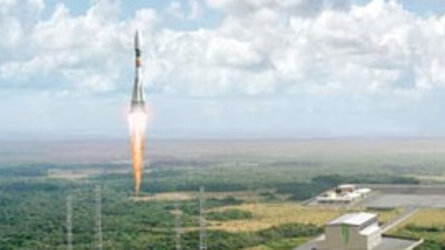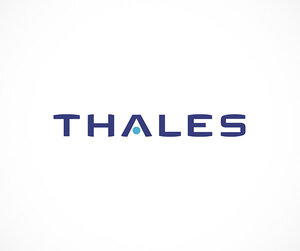Facts and figures
Launch: Sentinel-1A on 3 April 2014
Sentinel-1B on 25 April 2016
Launcher: Soyuz rocket
Launch site: Kourou, French Guiana
Orbit: Polar, Sun-synchronous at an altitude of 693 km
Revisit time: Six days (at the equator) from two-satellite constellation
Life: Minimum of seven years
Satellite: 2.8 m long, 2.5 m wide, 4 m high with 2×10 m-long solar arrays and a 12 m-long radar antenna
Mass: 2300 kg (including 130 kg fuel)
Instrument: C-band synthetic aperture radar (SAR) at 5.405 GHz
Operational modes: Interferometric wide-swath mode at 250 km and 5×20 m resolution
Wave-mode images of 20×20 km and 5×5 m resolution (at 100 km intervals)
Strip map mode at 80 km swath and 5×5 m resolution
Extra wide-swath mode of 400 km and 20×40 m resolution
Receiving stations: SAR data: Svalbard, Norway; Matera, Italy; Maspalomas, Spain; Inuvik Canada; and via laser link through EDRS. Telemetry, tracking and command: via Kiruna, Sweden
Mission: Developed, operated and managed by various ESA establishments
Main applications: Monitoring sea ice, oil spills, marine winds, waves & currents, land-use change, land deformation among others, and to respond to emergencies such as floods and earthquakes
Funding: ESA Member States and the European Union
Prime contractors: Thales Alenia Space, Italy for the satellite; Airbus Defence and Space, Germany for the SAR instrument
Data access: sentinels.copernicus.eu
Back to Sentinel-1 homepage |











